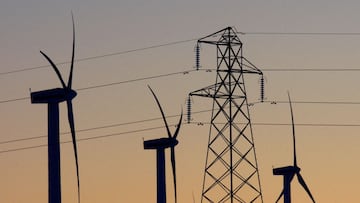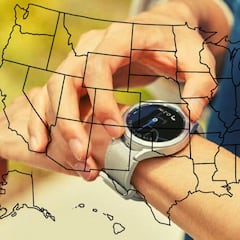Daylight saving time 2022: how much can you save on your electricity bill with this change?
The question of how much you can save on your electricity bill with Daylight Saving Time depends on where you live and what you do with your extra daylight.

Daylight Saving Time was devised in order that people could make more use of the sunlight. That concept came in handy when fuel to create electricity was in short supply.
However, nowadays, in many parts of the world and across the US are considering dropping the twice-a-year adjusting of the hour on clocks finding it a nuisance. So, are the savings on electricity bills really worth the hassle?
Also see:
- Why do we change the clocks every year?
- Daylight saving: when to change the clock
- What states in the USA do not use Daylight Saving Time?
Electricity bill savings depend on where you live and what you do with your daylight
Although the US first implemented Daylight Saving Time during World War I, as a way to save energy resources for the war effort, it wasn’t until 1975 that the first study into potential savings was performed. Compared with Standard Time, that study carried out by the US Department of Transportation discovered that the US saved about one percent of energy usage.
However, after that time little information was collected on energy savings despite shifting trends in energy usage by households. That changed in 2006 when Indiana implemented Daylight Saving Time statewide, previously only certain parts of the state followed the time change. Analysis performed on energy usage in the areas of the state that hadn’t previous done the twice-yearly shift contradicted the earlier US Transportation Department data showing a one percent rise in residential electricity use.
The researchers ventured that although less lighting is needed, the longer summer evenings caused a spike in AC usage in households throughout the state. So it could be wise to take advantage of the extra sunlight with outdoor activities to save on electricity bills instead of staying cool inside.
Another opportunity came in 2007 when Daylight Savings was extended by three weeks. Researchers at the California Energy Commission found the extra sunlight made little to no difference with the observed drop of 0.2 percent in energy usage well within the statistical margin of error of 1.5 percent.
A historic investment in @ENERGY’s weatherization program will increase energy efficiency and safety in more than half a million low-income households across the nation, saving Americans money, improving home safety, conserving energy, and creating jobs: https://t.co/nwiQHYvhMA pic.twitter.com/n8OMux5d6i
— Office of Energy Efficiency and Renewable Energy (@eeregov) February 9, 2022
How to save on your electricity bill
Energy consumption in American households has dropped by around 35 percent in 2015 compared to 1980 levels according to the US Energy Information Administration. That’s in spite of the average home using more air conditioning, appliances, and consumer electronics than ever before.
Related stories
This has been a result of improved efficiencies in household appliances and better building materials and insulation. Additionally, Americans have migrated to parts of the country with lower demand for heating in the winter months.
Besides making investments in your home to weatherize it against the heat or cold, switching out old appliances can pay for itself over time through lower energy bills. Additionally, making your home self-sustainable with solar power or wind turbines. Likewise using geo-thermal heating or cooling, although they have high upfront costs, can drastically cut the amount of energy needed from the grid.


